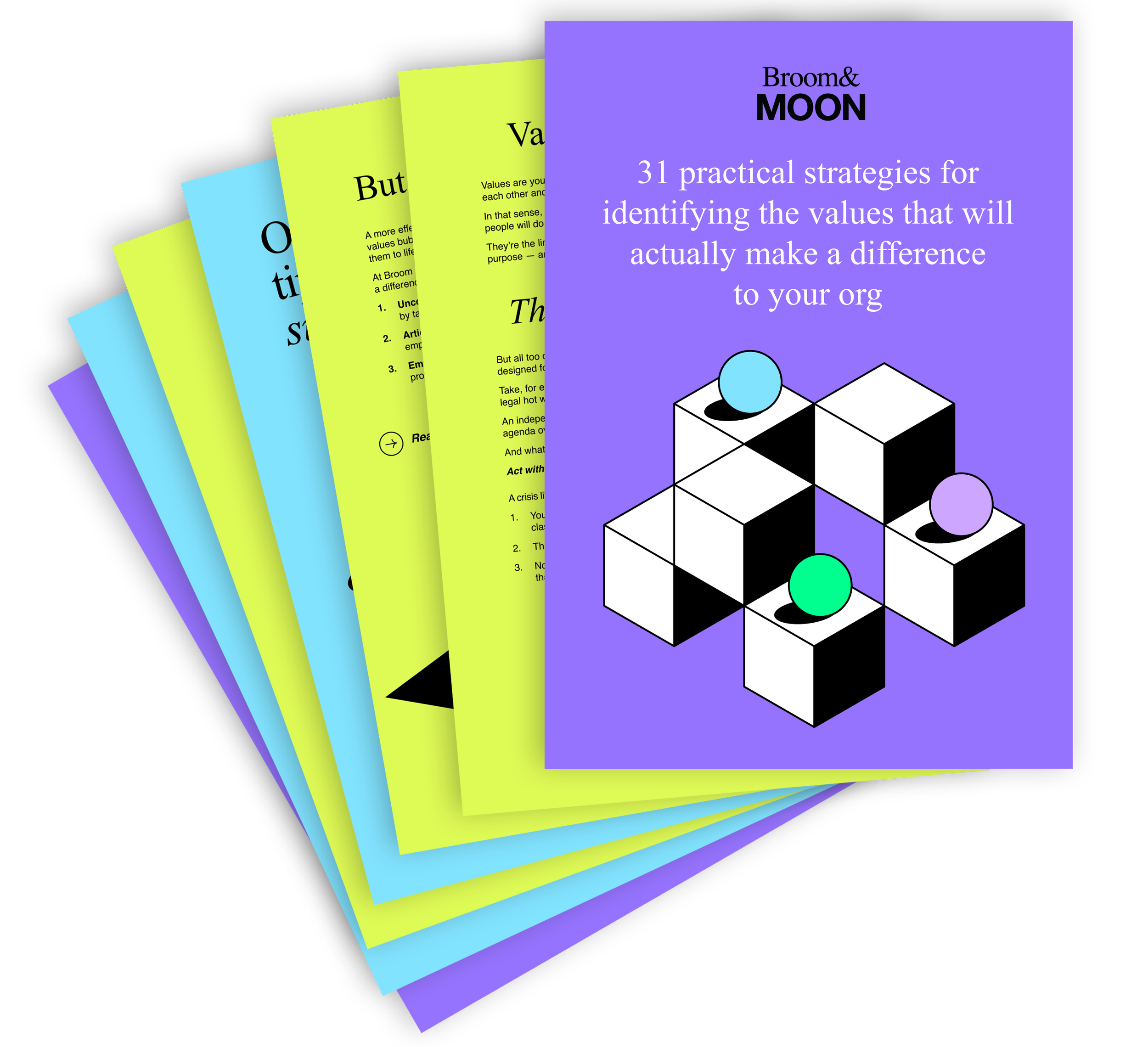Pitching investors? Here’s what they really want to hear
Looking for VC investment? There’s one thing investors are looking for from you that you might not have considered…
A clear purpose.
Example 1: Holly Branson, Chief Vision and Purpose Officer, Virgin on the appeal of purpose-driven start-ups:
“I’ve seen how purpose-driven businesses go further faster, and find more success. So when we look for a new start-up to invest in, we really look for businesses that are driven by a strong purpose to make the world a better place and use innovation to drive this progress forward.”
Example 2: Conor Moore, Partner at KPMG on the growing role of purpose in investment decisions:
“The past two years have had a remarkable impact on the world of innovators, entrepreneurs and impact investors, with purpose and profit carrying equal weight.”
So how do you persuade investors you’re as purposeful as you are profitable?
Well, you’ll need to prepare for that pitch in three steps:
Find your purpose
Voice your purpose
Live your purpose
Step 1: Finding your purpose
You may have a product or a service. But to become a truly purpose-driven organisation, you’ll need to do some digging.
What you’re looking to uncover is a clear story about who you are and how you make the world a better place.
The people who can best help you do this? Your customers.
So talk to them — and to your customer-facing teams.
Pick up the phone. Listen to what customers are saying in their feedback or on social media. How do they talk about the difference you make to their lives?
Have a conversation about purpose with your wider team, too. Questions to ask them include:
Who do we serve? (Wrong answers: everyone, society, the planet)
The answer to this question should be as niche as possible. Ideally, you would paint a clear and precise picture of one, particular customer, with their particular pains and motivations.
How do we make life better for the people we serve? (Wrong answer: we provide a product or service)
With this question, you’re digging into the impact you have on your customer.
You won’t find that impact in the name of a product or service. You’ll find it in the positive difference that product or service makes to your customer’s life.
What makes us different? (Wrong answer: we’re the best at what we do)
A strong purpose will be unique to your organisation. It will be recognisably yours, not your competitors’.
So really interrogate what it is that sets you apart.
And don’t just think about what you do better or best. Think about what you do that’s different from everyone else.
What do you do that your competitors would never do? Either because it’s beyond their expertise or because it’s off brand for them?
That gap is where you’ll find your purpose.
Step 2: Voicing your purpose
Next, take all that research you did in phase one — and draw on it to create a short, punchy statement that sums up how you make the world a better place.
For tips on how to do this, see our previous blog post 10 tips for crafting a purpose statement your people will actually live by.
Step 3: Living your purpose
Yes, you’ll no doubt want to publish your shiny new purpose statement on your website.
Yes, you’ll want it printed on a single, beautiful slide somewhere in your pitch deck.
But, in the words of Holly Branson, purpose is a strategy, not just a statement. And investors will be looking for evidence that your purpose is more than words on a memo.
That means making your purpose integral to your decision-making processes. One way to do this is to create a “purpose filter”.
This is a document that expands on your purpose statement with a series of questions designed to test any decision against your purpose.
Considering a new product line? Entering a new market?
Put the move through your purpose filter.
If the idea isn’t clearly furthering your purpose, it’s rejected. Or it goes back to the drawing board — to fuel further innovation in a different direction.
Read more
Holly Branson and Conor Moore on purpose.


